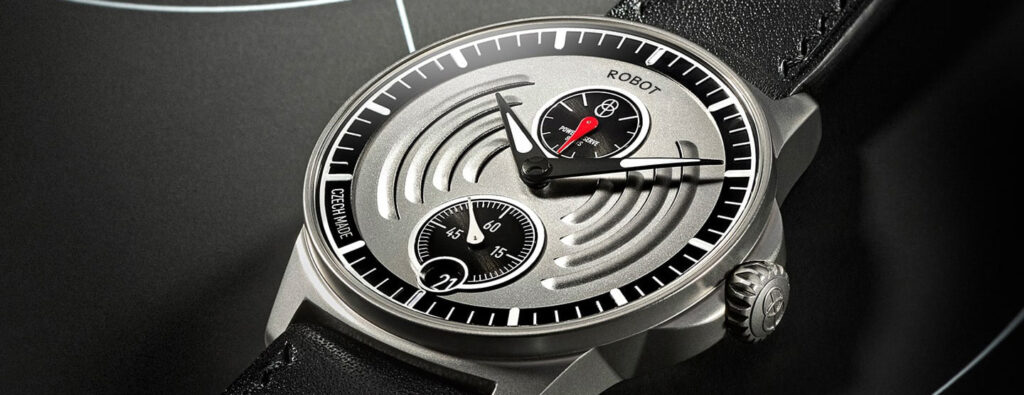Interviews
Gregory Bruttin: Product Strategy Director of Roger Dubuis
Interviews
Gregory Bruttin: Product Strategy Director of Roger Dubuis
Now, nearing the end of their first year’s collaboration, the brand is ready to speak about a new partnership they’d announced to us in late October. We sat down with Bruttin to discuss this technology, what he’s learned from Lamborghini’s designers, and how creative collaborations like these need to come from the very top without hesitation.
The Pirelli timepiece that’s produced with the inner rubber tubes of the winning racecar’s tyres — that’s a clever twist on the typical motorsport-inspired watch. Which races are you using to make the watches?
We chose some Grand Prixs in the world and requested for the winning tyres from these specific races. One is the Monaco race, another is Singapore. The other two are the Formula 1 races in China and the United States. We selected these specific races because they are the most iconic, the most memorable and famous competitions.
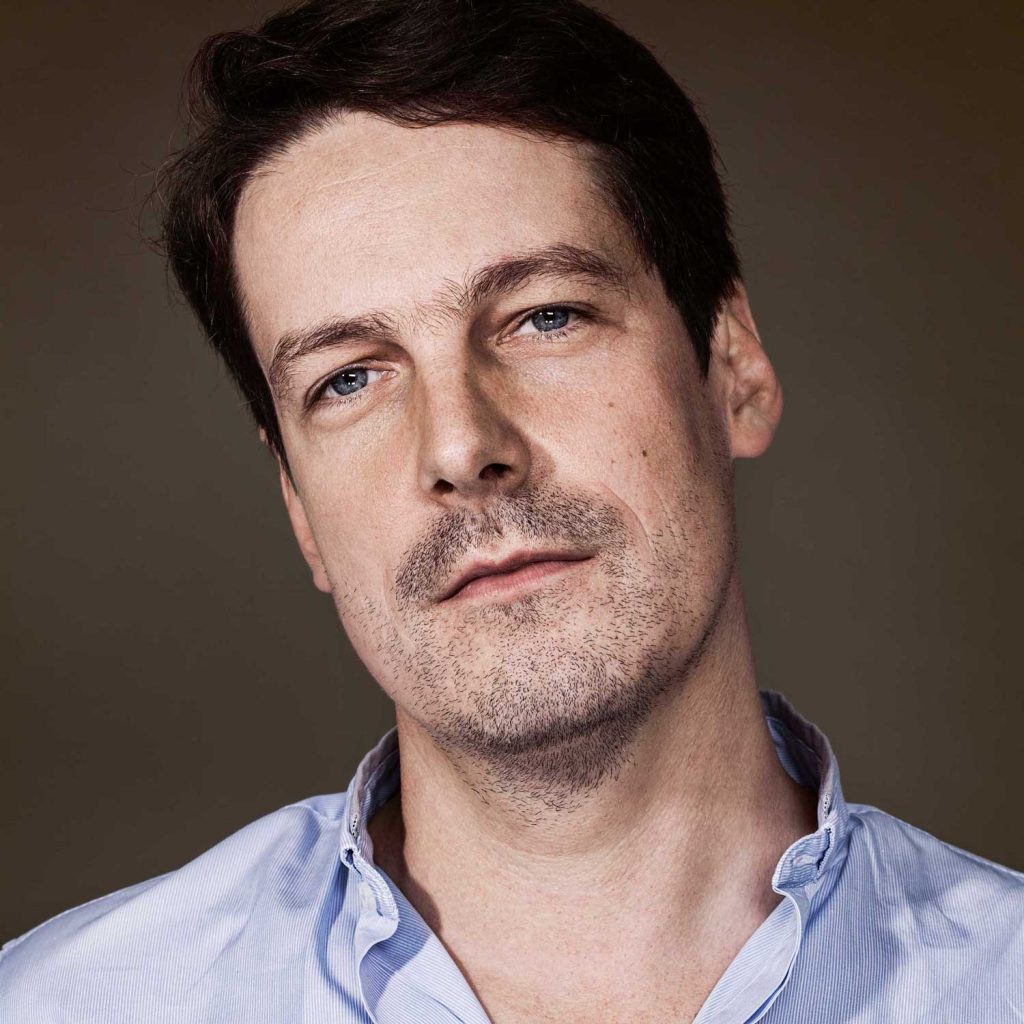
How do you prepare the inner tubes for use?
Well, we have a specific process developed for that. The smell of the tyres after the race isn’t exactly great and Formula 1 tyres are actually a complex mix of seven different types of rubber, not all of which are suitable for long-term skin contact. So we have to process the tubes into a powder that’s used in the strap. We’re quite protective of this process because we don’t want some other firm to discover the process and use it on their own. [For] the partnership with Lamborghini and Pirelli, each of the watches comes with a certificate and number of the tyre used.
How did this discussion start in the first place?
The discussion started from Mr Pontroué [Jean-Marc], the former CEO of Roger Dubuis. He was at the Monaco Grand Prix and we had an appointment with Pirelli because we wanted to work with them. For Roger Dubuis, it’s fascinating for us to collaborate with experts in each field. Pirelli is one of the leaders in research and development with regards to rubber. We wanted to develop a new rubber strap for the brand. When he saw the racecars at the finish line, he wanted to have those tyres. In our strap, we use three different types of rubber. That’s how we imbue the colourisation of the straps in the manner we did it.
Two years ago in an interview, you hinted at the possibility of CF-SMC (carbon fibre sheet moulded composite) in watchmaking. Had the collaboration partnership with Lamborghini started then?
[Laughs] In terms of carbon, it’s a fascinating process and solution. We don’t want to create a watch for a sensationalist statement. One journalist asked me in an earlier interview what the weight of the [Aventador and Huracán] watch was. I don’t care about such statistics. We want to create a very comfortable and durable watch, and for that, C-SMC is a very good solution because it’s very light but warmer than steel. As a result, we think the properties it possesses are great for watchmaking.
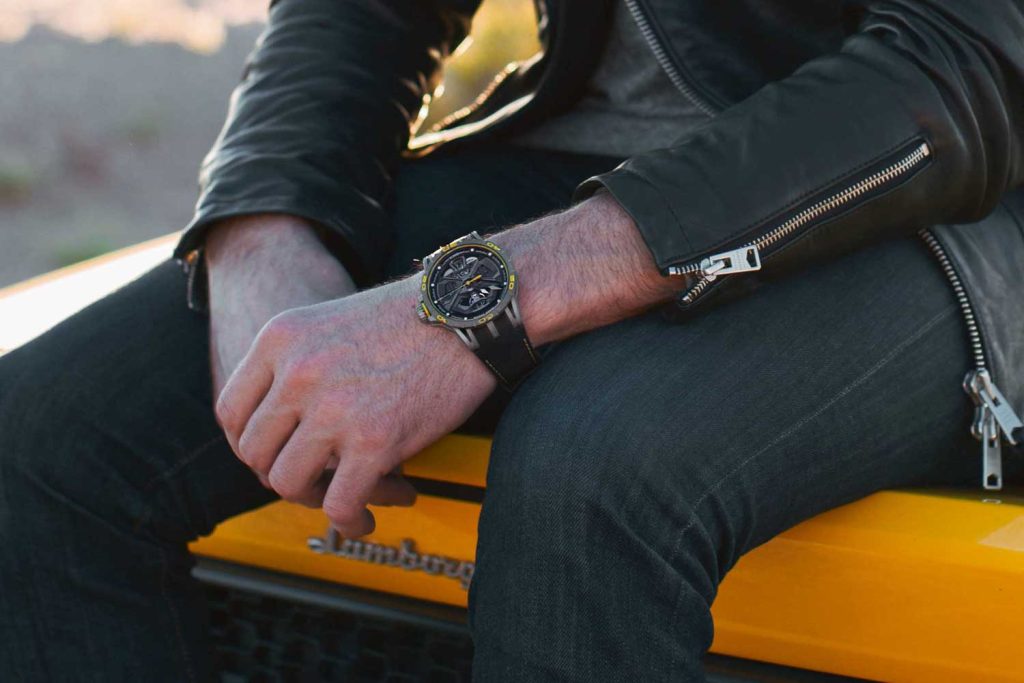
But back then, you hadn’t actually made any watches in CF-SMC. Now that you have, what are some of the challenges you’ve faced using SMC as a material or advantages you’ve seen?
The main advantage in terms of the technical parts of the movement is the lightness of the material. It improves performance by 50 to 100 percent. In certain functions, especially when it comes to operations that require speed, like the stop hammer of the chronograph seconds hand, it offers incredible performance. The biggest challenge we’ve faced is that we use very thin components. For that, the resistance isn’t very good. However, it is very elastic as well. It’s great for shock resistance.
As I understand, that means you’re using a high-flow instead of a low-flow mix.
We worked a lot with Lamborghini on the porosity of the material. For Lamborghini, that’s not an issue because it’s a car, it’s big. For a watch, however, porosity has an impact. We had to work to reduce porosity and it ended up being interesting for Lamborghini as well, because reducing porosity increases resistance and strength of the material. So they can create lighter chassis with the same or greater strengths.
Does that mean you had to experiment with the epoxy bonding?
The secret of carbon is not about carbon. It’s about the epoxy. The technical part of the research and development in any carbon material is about the epoxy.
I’m curious as to whether you’ve considered experimenting with graphene.
Graphene is, in my opinion the best material for a lot of things, in terms of resistance and numerous physical characteristics. It’s just not possible to create a graphene watch. Pure graphene is two atom sheets thick. There are composites that offer some benefits but it’s not how we want to use it. I can’t do anything with pure graphene as it exists today but it’s the Holy Grail of materials for me, for sure. If you ever find me a graphene supplier that can make it into a thick enough material for watchmaking, I will make you a watch.


The new Huracán watch’s escapement is at 12 degrees off the horizontal plane, and the RD103SQ’s escapements are at 90. Why did you pick these angles?
The escapements are meant to compensate for each other, hence the 90-degree difference. For a single escapement, 12 degrees is the angle at which your wrist usually rests. That’s why we selected it. The Quatuor is the graphene of watchmaking; it’s designed for accuracy. In terms of philosophy it’s perfect. We developed the RD103SQ because of what we learnt from the RD101. At the same time, the Quatuor is a complex watch and with that comes different challenges. The reason why we use two balance wheels in the Excalibur Aventador watch is because in performance standards, it is very close to the Quatuor. That’s also why we instituted a jumping seconds function.
What did you learn from Lamborghini’s designers that you didn’t expect to learn or discover?
The difference in how watchmakers design watches versus how Lamborghini designs watches is that car engineers think in three dimensions all the time. In watchmaking, there’s less of that. We tend to think of how the movement is engineered before we consider how it will look on multiple layers and levels. So now I think of movements in three dimensions as well after I’ve learnt about the philosophy and concept of designing in three dimensions. It’s also a different challenge because we have to develop very quickly. We see what’s coming out from Lamborghini in the press, and that leaves me with one weekend or two if I’m lucky, to develop a concept. It’s made me develop ideas better, and in fact fulfilling the ideas takes longer with collaborative projects. It’s like being single versus being in a relationship. When you’re single you can do what you want anytime. When you’re a couple, you need to agree.
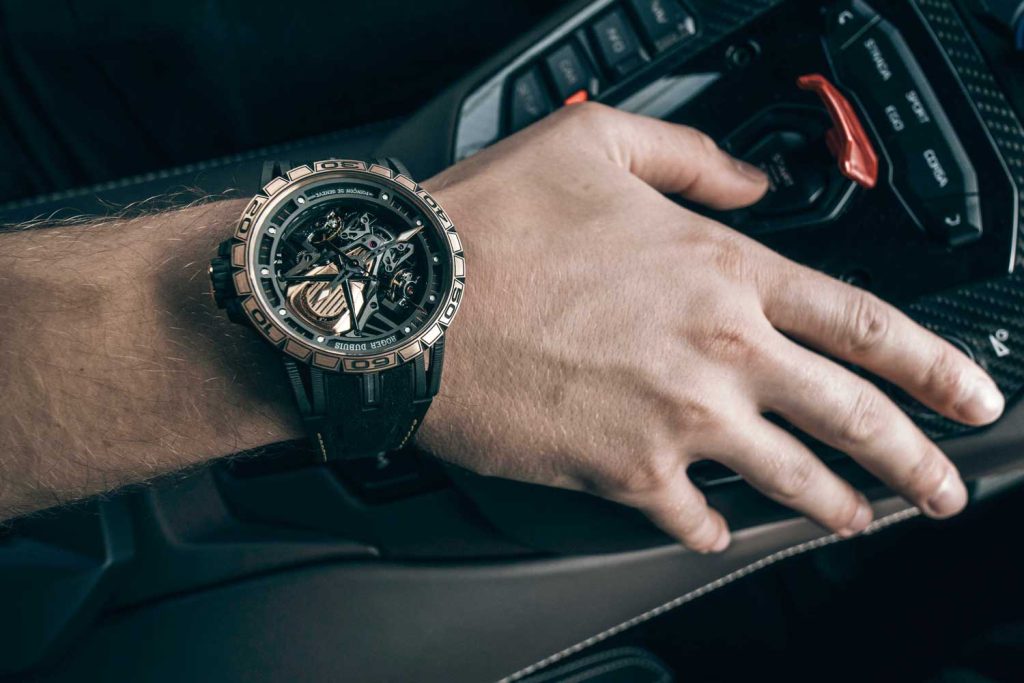
Tell us more about the RD508SQ movement used in the Excalibur Spider Ultimate Carbon. It’s a radical concept, putting diamonds on the tourbillon cage.
We often think about gem-setting of the watch and it’s usually on the exterior. But we also want to be on the cutting edge of design and that can only happen when you have bold ideas. So instead of asking why, we prefer to ask “why not?” In terms of weight, diamonds are lighter than metal, so in fact putting diamonds on the cage doesn’t actually deliver any impact on the performance of the tourbillon. The challenge is to ensure it’s done in a way that respects watchmaking and with the right materials and tools.
The Excalibur Spider Ultimate Carbon has an exoskeleton that’s built in C-SMC. That includes the bracelet. It’s quite outstanding.
It’s also got plenty of future applications. If you took some or all of the diamonds out, it’d be a stunningly masculine watch. If you took the watch movement out, it’d be a stunning bracelet for a man or woman. And it has tremendous [implications] on how we will design our cases and bracelets in the future. I have loads of ideas right now.
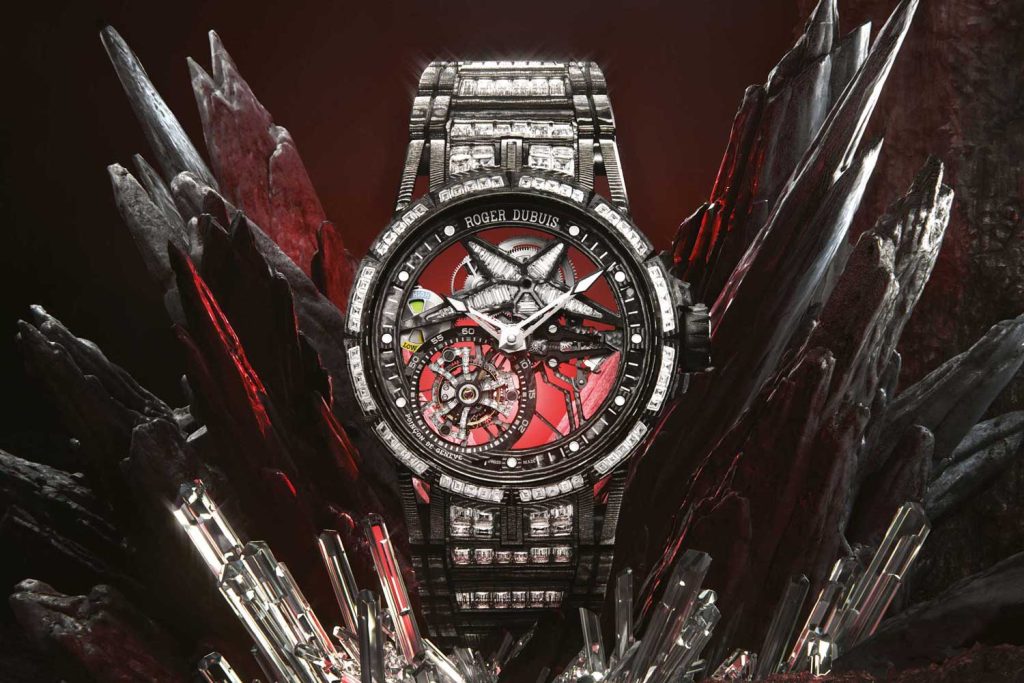
Something like that, it must stem from a single creative mind, rather than a group.
In watchmaking, innovations are often incremental because someone from management goes to a watchmaker and asks what can be improved. And it’s a bit like a CEO who has to increase profits for the company’s board and the easiest thing to do is, of course, to reduce spending in order to make your profit margin bigger. But an innovative CEO will think big, so that a new product’s success will strengthen the brand and its profits. We prefer to innovate. And the results pay off. Our clients love it.








